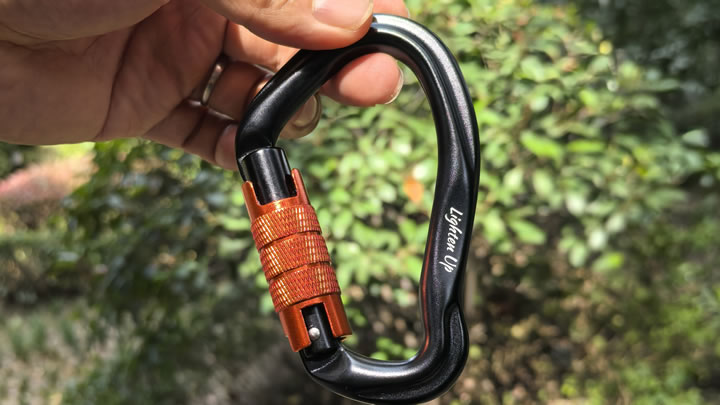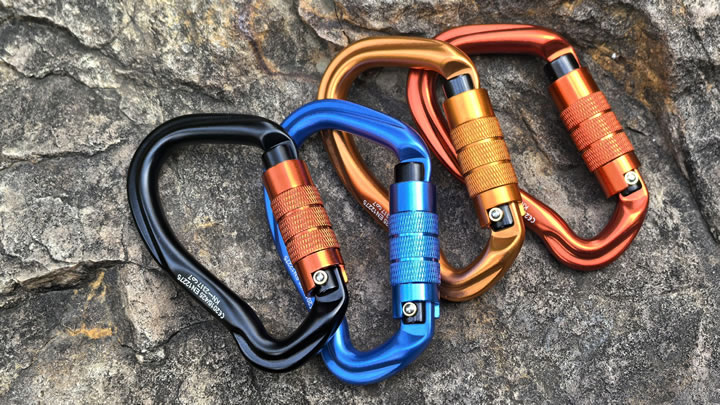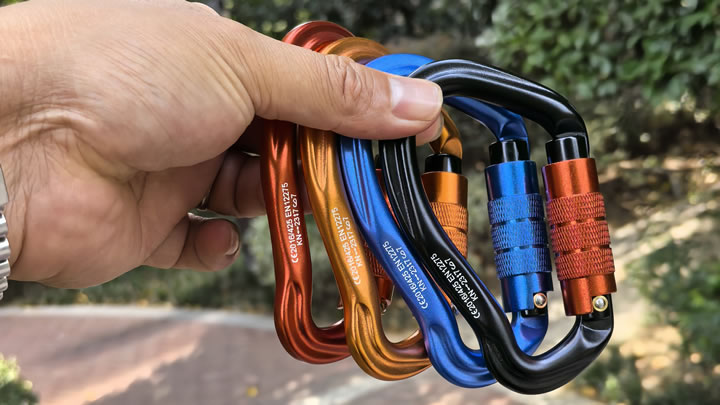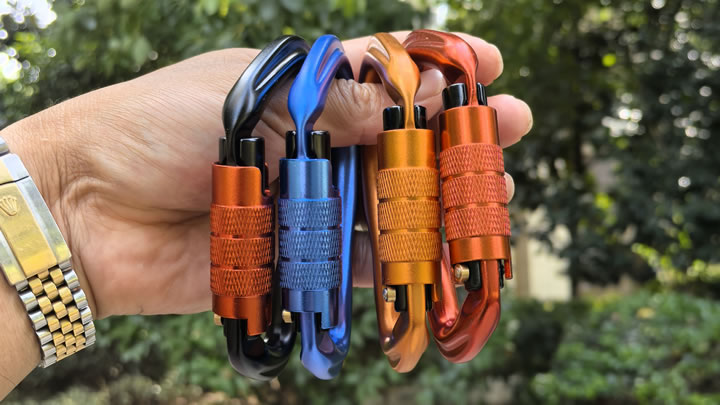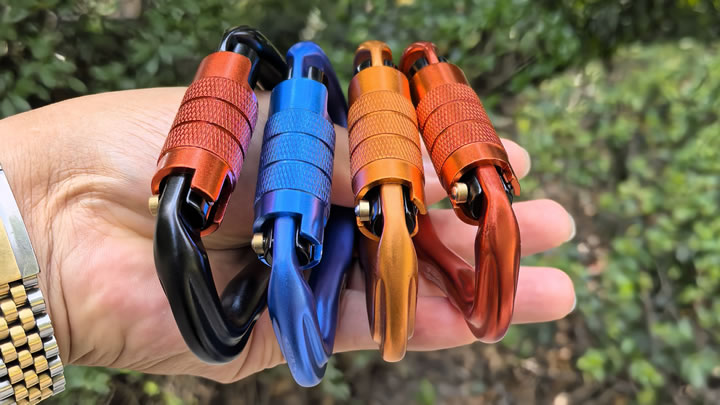Hiking Poles for Urban Walking and City Tours: Your Unlikely Key to Urban Exploration
When you picture trekking poles, you likely imagine mountain trails and forest paths, not bustling city sidewalks. However, this versatile tool is just as valuable in an urban environment. For travelers, daily walkers, and anyone exploring a city on foot, hiking poles can transform the experience, reducing fatigue and turning a long day of sightseeing into a more comfortable, enjoyable, and sustainable adventure.
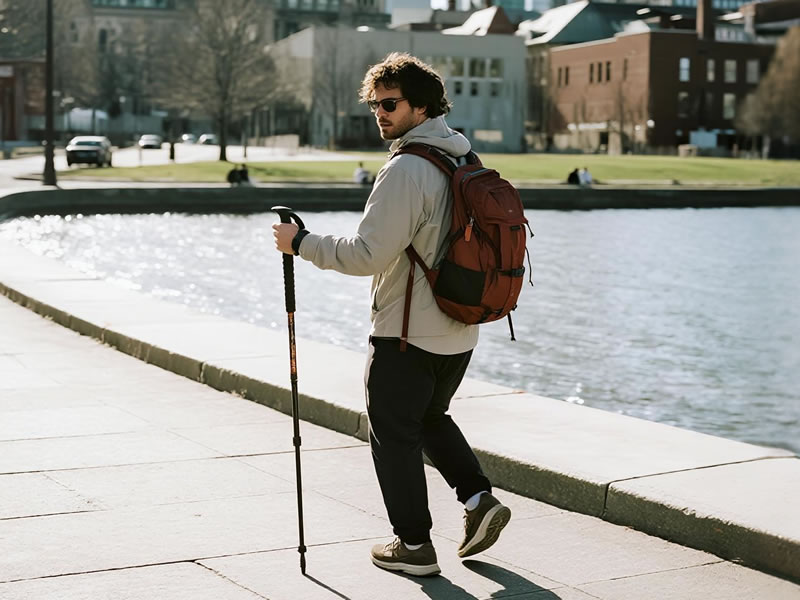
The concrete jungle presents its own unique challenges: hard, unyielding surfaces, uneven pavements, crowded streets, and miles of walking that can take a toll on your body. Here’s how hiking poles rise to meet these urban challenges.
The Surprising Benefits of Urban Pole Use
1. Drastically Reduced Joint Impact:
City sidewalks are unforgiving. Every step on concrete sends a shockwave through your feet, ankles, knees, and hips. Hiking poles act as secondary shock absorbers. By engaging your arms and shoulders, they redistribute a significant portion of that impact away from your lower body. This can mean the difference between feeling fresh after a day of exploring and suffering from sore, achy joints.
2. Enhanced Stability and Safety:
Urban terrain is often more unpredictable than it seems. From slick marble steps and grates to cobblestone streets and curbs, trip hazards are everywhere. Poles provide two additional points of contact, dramatically improving your balance and preventing slips and falls. They are especially useful in crowded areas, offering stability as you navigate through bustling crowds.
3. Improved Posture and Walking Efficiency:
It’s easy to develop a tired, slumped posture after hours of walking. Poles encourage a natural, upright stance and a rhythmic arm swing. This promotes better spinal alignment and engages your core, back, and arm muscles. This full-body engagement not only improves posture but also increases blood flow, helping you walk farther with less perceived effort.
4. Increased Endurance and Power:
By using your upper body to propel yourself forward, you share the workload across more muscle groups. This "four-wheel-drive" effect conserves energy in your legs, allowing you to cover more ground without hitting a wall of fatigue. You'll find you can extend your city tour for several more hours without feeling completely drained.
Choosing the Right Pole for the City
Not all poles are created equal for urban use. Key features to look for include:
- Rubber Tip Protectors: This is non-negotiable. The hard carbide tips designed for trails are loud, slippery, and can damage indoor floors. Durable rubber tips provide essential grip and a quiet, stable platform on concrete, tile, and asphalt.
- Compact and Lightweight Design: For city travel, you’ll often want to stow your poles when entering museums, shops, or restaurants. Three-section folding (Z-poles) or compact collapsing poles are ideal as they pack down small enough to fit in a daypack.
- Adjustability: Being able to fine-tune the pole length is crucial for maintaining the proper 90-degree elbow angle for efficient use on flat ground.
- Comfortable Grips: Since you'll be holding them for long periods, ergonomic cork or foam grips are preferable to prevent blisters and hot spots.
Urban Pole Etiquette and Techniques
Using poles in the city requires a slight shift in technique and awareness.
- Mind Your Space: Be conscious of the people around you. Shorten your swing to avoid clipping the heels of the person in front of you or poking a passerby.
- Stowing and Deploying: Develop a habit of quickly collapsing and expanding your poles. When entering a crowded indoor space, it’s polite to collapse them entirely.
- The Rhythm: Adopt a natural, opposite-arm-to-leg rhythm. As your right foot steps forward, your left pole should touch the ground. This creates a smooth, efficient, and stable walking motion.
Who Benefits Most?
While anyone can benefit, urban trekking poles are particularly advantageous for:
- Senior explorers looking to maintain stability and confidence.
- Travelers with backpacks or camera bags, as the poles help counter the unbalanced load.
- Individuals recovering from lower-body injuries who need extra support.
- Any city walker who wants to explore more, with less pain and fatigue.
In conclusion, don't relegate your hiking poles to the wilderness. They are a powerful tool for conquering the urban landscape. By reducing joint impact, boosting stability, and enhancing endurance, they empower you to see more, do more, and enjoy every step of your city adventure.

